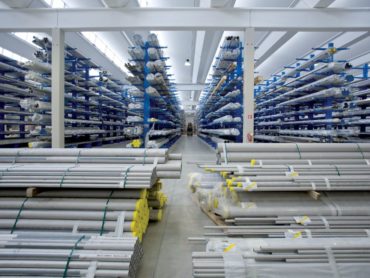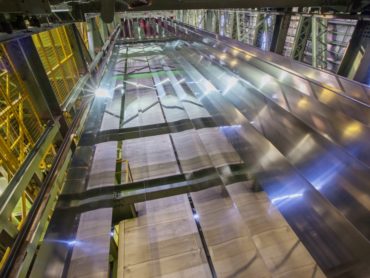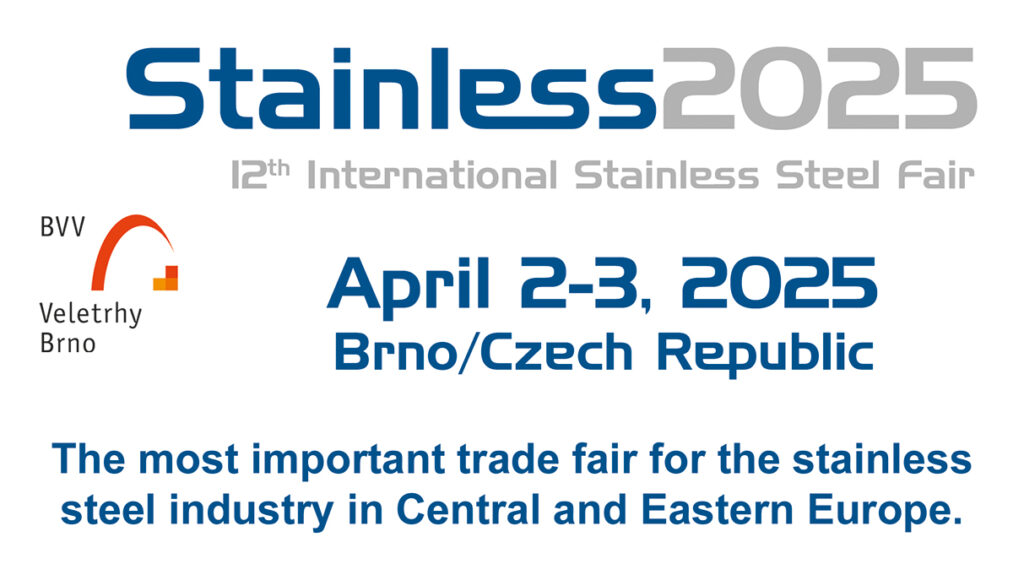Nickel heading north once more
After the correction in nickel prices, which was also explained by an easing in the supply of battery nickel – through the related announcements of the producer Tsingshan – large parts of March and April saw a plateau forming at USD 16,000.00/mt. Since the end of April, however, a forward movement again set in, or perhaps it would be more appropriate to say that an upwards gear was engaged. This fact supports the view, expressed here, that a temporary market distortion caused by sudden soaring deliveries of nickel to LME warehouses was responsible for the massive fall. Now, on the back of a very robust steel economy, the alloy metal has once more reached a level of USD 18,000.00/mt, albeit with increasing volatility. The first time this level was reached, it was followed by a correction down to just above USD 17,000.00/mt, before the USD 18,000.00/mt mark was reached again and then confirmed. The base metal was most recently trading at USD 17,700.00/mt.
Inflation could spur on commodities
The strong increase in the US inflation rate to 4.2% in April and a definite rise in Europe have made it again more than clear that the ghost of inflation, despite a long period of low inflation rates, has not been vanquished. As it looks now, the rise of commodity prices is the cause of the inflation, which observers currently expect to be of a temporary nature. When prices stabilise there should be a base effect normalisation again.
However, analysts do point out that the real interest rates are clearly in the negative because of the high inflation rate and the negative to zero interest rates and generally low interest, meaning it cannot be certain, for example, how long the US Fed can keep to its extreme lose money policy. Basically, inflation fears push investors into real estate, gold and, more recently, cyber currencies. It is about fungible investments which at least keep their value. In this respect, the climbing inflation caused by commodity prices could now ensure more demand for commodities through a self-enforcing effect.
If price increases previously had mainly been caused by higher demand and delivery shortages, due to COVID-19 causing temporary production reductions or shutdowns, then now even more investor circles could become aware of the commodities as a safeguard against inflation. This influence can probably already be seen with copper and aluminium and their respective top prices.
Whether nickel will also profit from this has yet to be seen, since this base metal has less market liquidity (cf. also the correction at the end of February). This then raises the question whether the corresponding nickel futures could really serve as an inflation hedge/safeguard for a wider circle of investors. If the respective investment asset is connected more to the industrial economy, then an increasing inflation, as a result of climbing (base) interest rates, could have a negative influence on prices. Normally, higher interest rates restrict economic activity.









